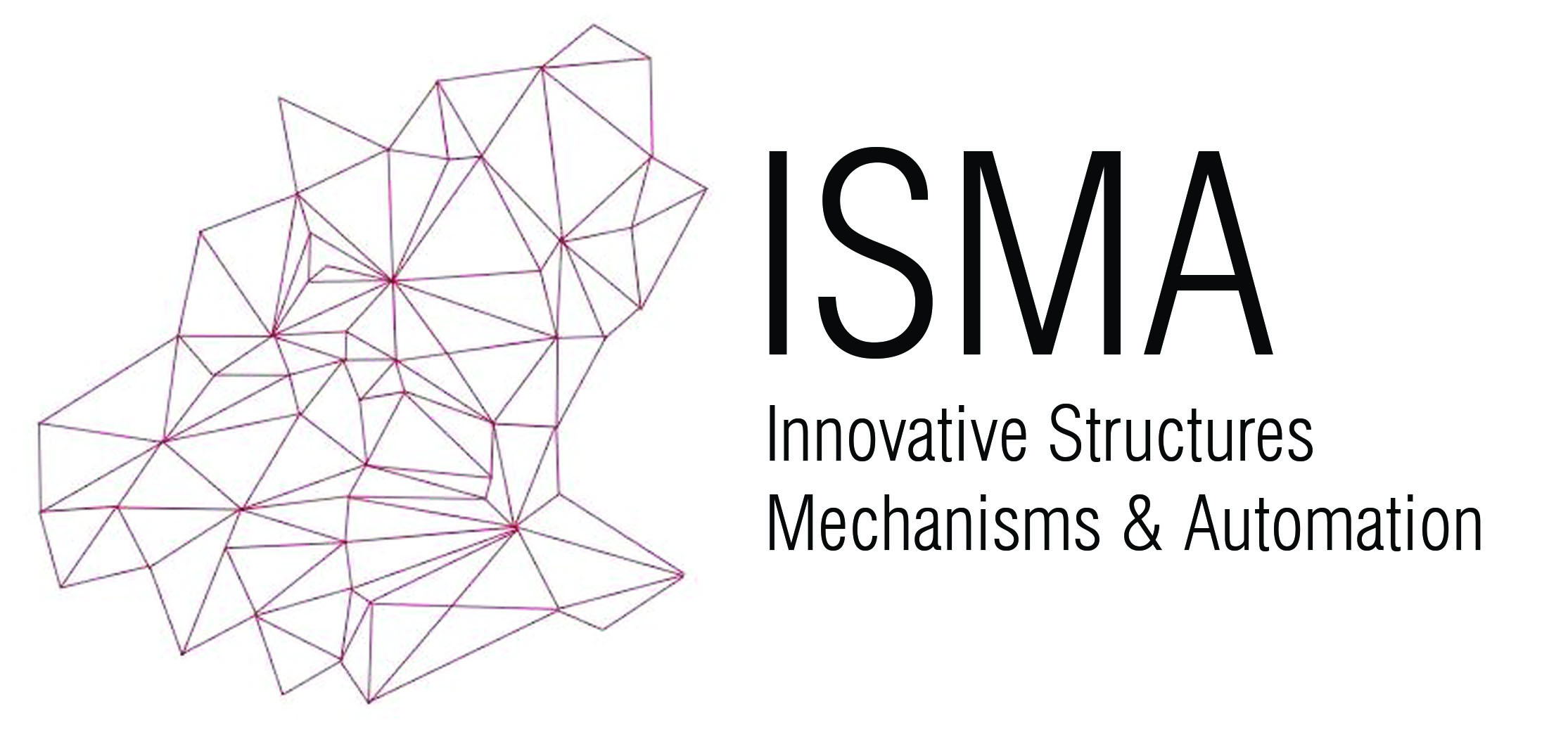Adaptive Structures
The objective of this research is to develop novel structural systems that are capable of large geometric transformations in response to changing environmental conditions, functional requirements or user needs. Lying on an interdisciplinary research area between the disciplines of architecture, structural engineering, mechanical engineering and materials science, it covers theoretical, analytical and empirical studies focusing on developing new design methodologies to meet the criteria of flexibility in form, efficiency in structural system and simplicity in structural mechanism.
Structural Morphology
Structural morphology addresses the study of load-bearing systems and the aspects related to their nature as configurations. It covers both theoretical formulations, with focus on analytical methods for structural design, and empirical research, with interests on fabrication and testing of real-scale structures. Studies in structural morphology are carried on using parametric design tools and their scope include interdisciplinary interfaces combining structural design, optimization methods, fabrication techniques, and architectural design.
Prototyping and Digital Fabrication
Prototyping is the base on any architectural design. Any architectural work is based on the physical reproduction of an idea, using a (several) material (s) and adapting it to the desired usage. In the case of structure and structural work, creating prototypes using both real material and digital fabrication allow to check and approve the trueness, feasibility and aesthetic/social acceptance of a structural design in addition to theoretical calculations. Using both tools of 1/1 scale models with real materials and digital fabrication of smaller but more numerous models allows to better understand the capacity of a structure to realize its function.
Geometrical Explorations
Geometrical explorations comprise all those research and teaching activities where design tools are a means to experiment new forms and emergent typologies. Without the constraints of a structural logic, geometrical explorations provide our research group with uncompromised design solutions that later can trigger new directions worth to study. Mostly supported by the use of computational design tools, these explorations may lead to further research in structural morphology and its application in architecture.
